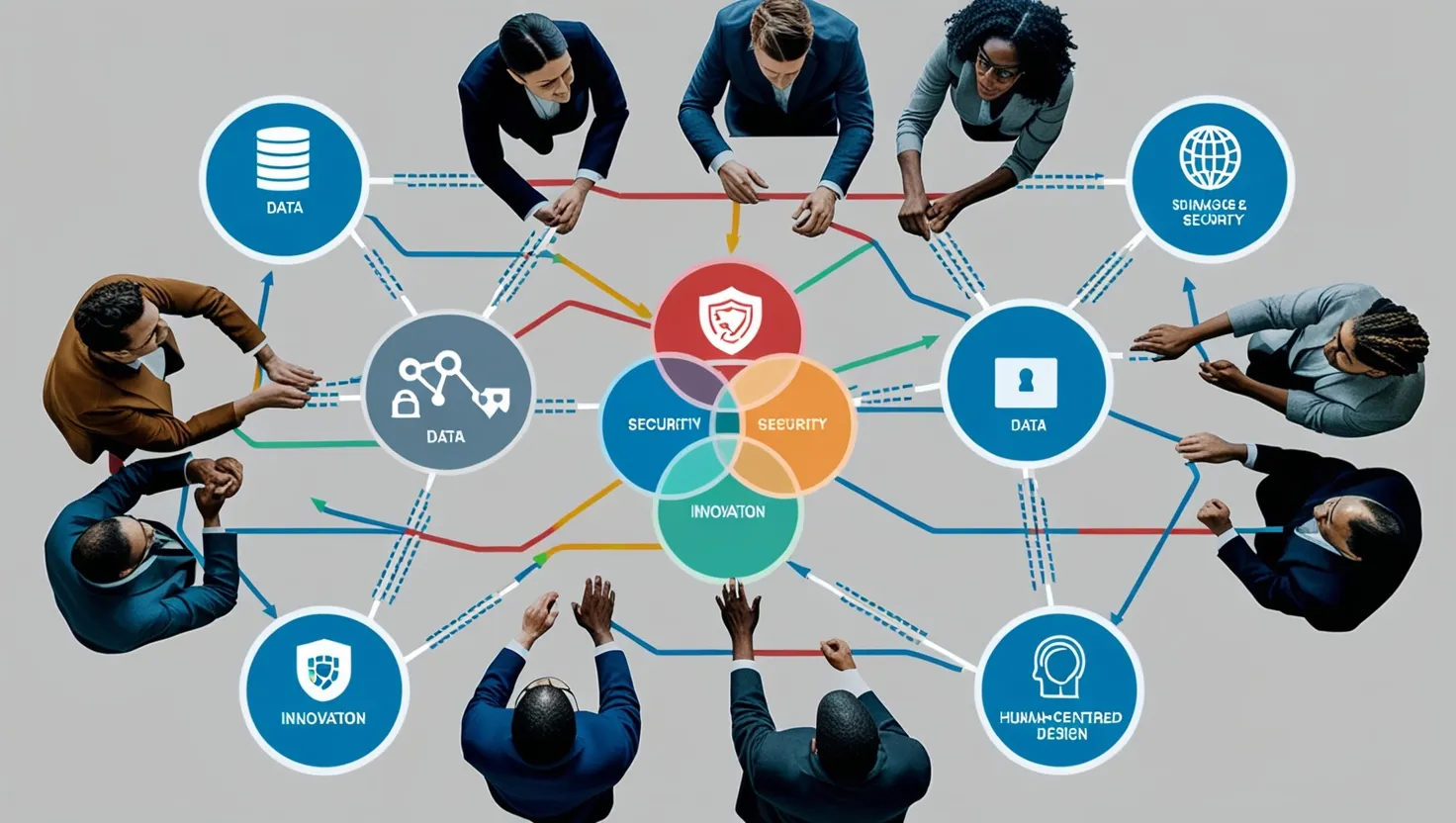Leadership in the Modern Business World: Embracing Empathy and Compassion
The business landscape has undergone a dramatic transformation in recent years. Gone are the days when leaders could simply bark orders and expect blind obedience. Today's effective leaders understand that success comes from more than just managing tasks - it's about truly understanding, supporting, and empowering their teams.
This shift towards a more compassionate and empathetic leadership style isn't just about being nice. It's a strategic move that drives positive change, boosts performance, and creates a healthier work environment for everyone. Let's dive into why this matters and how to put it into practice.
At the heart of this new leadership approach is empathy. It's all about being able to put yourself in someone else's shoes and really get what they're going through. Imagine you're the boss walking into a tense office where everyone's stressed out. Instead of just pushing people to work harder, you take a moment to listen and understand what's going on.
Maybe Sarah's struggling with childcare, John's feeling burnt out, and Emma's not sure what her role is in the big project. By taking the time to hear these concerns, you can actually do something about them. Maybe you offer flexible hours, give someone a day off to recharge, or clarify job roles. It's amazing how much difference this can make - suddenly, people feel heard and valued, and they're much more likely to open up, share ideas, and work together effectively.
But empathy is just the starting point. Compassion takes things a step further by putting that understanding into action. It's about seeing someone's struggling and actually doing something to help. If an employee's having a tough time at home, a compassionate leader might adjust their work schedule or find ways to lighten their load. It's about recognizing that your team members are real people with lives outside of work, not just cogs in a machine.
This kind of leadership builds trust like nothing else. When you're willing to be vulnerable and authentic as a leader, sharing your own challenges and experiences, it creates a safe space for everyone else to do the same. This leads to stronger relationships, better teamwork, and a sense that we're all in this together.
Think about times when things get tough at work. An empathetic leader doesn't just push through regardless - they acknowledge the stress and uncertainty people are feeling. They offer support and encouragement, helping the team navigate choppy waters together. This kind of approach builds resilience and unity, creating a team that can weather any storm.
Communication is key in all of this. Empathetic leaders are great listeners. They give their full attention, without interrupting or getting distracted. They ask thoughtful questions to really understand what someone's saying, and they make sure everyone feels heard and valued. This approach is gold when it comes to resolving conflicts too. By addressing the emotional side of disagreements, not just the surface issues, leaders can find solutions that work for everyone and actually strengthen relationships in the process.
In today's fast-paced business world, change is constant. Empathetic leaders are better equipped to guide their teams through transitions smoothly. They understand people's fears and concerns about change, and they address them head-on. For example, during a big company restructure, a good leader might hold open meetings to discuss what's happening, listen to everyone's worries, and provide clear information about what's coming next. This keeps morale up and helps everyone stay focused and productive, even when things are uncertain.
Compassionate leadership also creates an environment where it's okay to take risks and think outside the box. When people know their boss has their back, they're more likely to try new things and push boundaries. This kind of culture, where failure is seen as a learning opportunity rather than a disaster, leads to more innovation and creativity - crucial for staying competitive in today's market.
Another important aspect of empathetic leadership is creating a workplace where everyone feels welcome and respected, regardless of their background. Good leaders actively work to address bias and discrimination, challenging stereotypes and promoting equality. This might involve things like diversity training, fair hiring practices, and making sure there are safe ways for people to report any issues they experience or witness.
All of this has a real impact on performance. When people feel supported and valued at work, they're more engaged, more productive, and more committed to achieving shared goals. Empathetic leaders are better at spotting and addressing issues that might be affecting performance, leading to more effective problem-solving and decision-making.
So how do we cultivate more empathetic leaders? It takes a strategic approach to training and development. Building emotional intelligence is crucial - this means working on self-awareness, managing your own emotions, understanding others' feelings, and navigating relationships effectively. Workshops, role-playing exercises, and regular self-reflection can all help develop these skills.
It's also important for leaders to practice what they preach - showing vulnerability, actively listening to others, and fostering open communication. This sets the tone for the entire organization and helps create a culture of empathy and compassion.
In conclusion, empathetic and compassionate leadership isn't just a nice-to-have - it's a powerful tool for driving positive change, boosting performance, and creating a healthier work environment. By truly understanding, supporting, and empowering their teams, leaders can build workplaces where people feel valued, motivated, and able to reach their full potential.
This approach is particularly valuable in high-pressure industries like finance, where stress levels can often run high. By embracing empathy and compassion, leaders can create more satisfying jobs, higher engagement, and better overall performance.
As we move forward in an ever-changing business world, the ability to lead with empathy and compassion will be key to building resilient, successful companies. By putting these principles into action, leaders can create positive, inclusive, and supportive work environments that drive sustainable success for years to come.
Remember, at its core, empathetic leadership is about recognizing the humanity in our colleagues and employees. It's about creating a workplace where people don't just survive, but thrive. And in doing so, we not only build better businesses, but we contribute to creating a better world. So let's embrace this new era of leadership - one where empathy and compassion lead the way to success.






